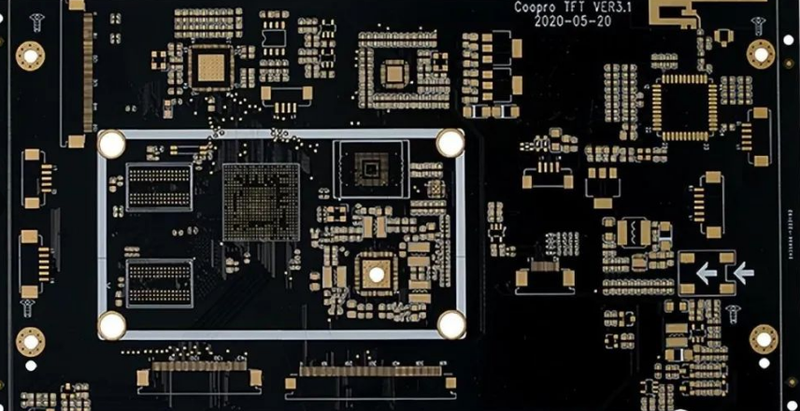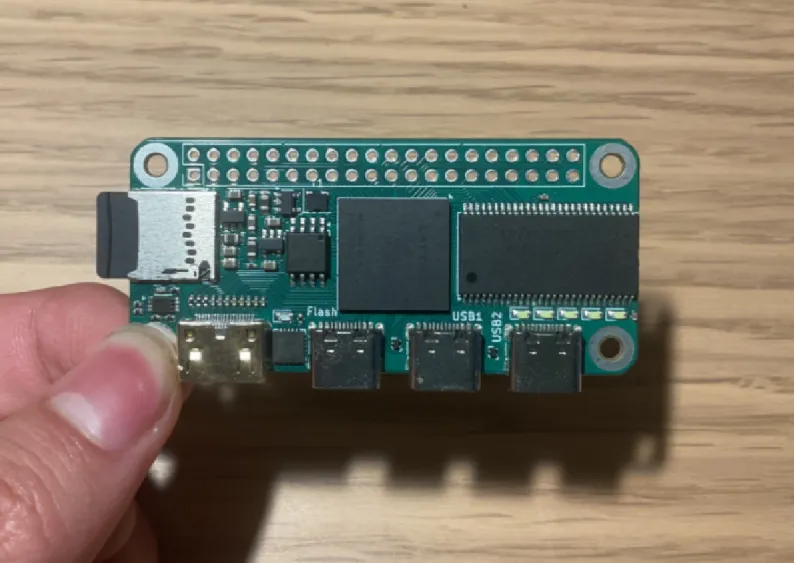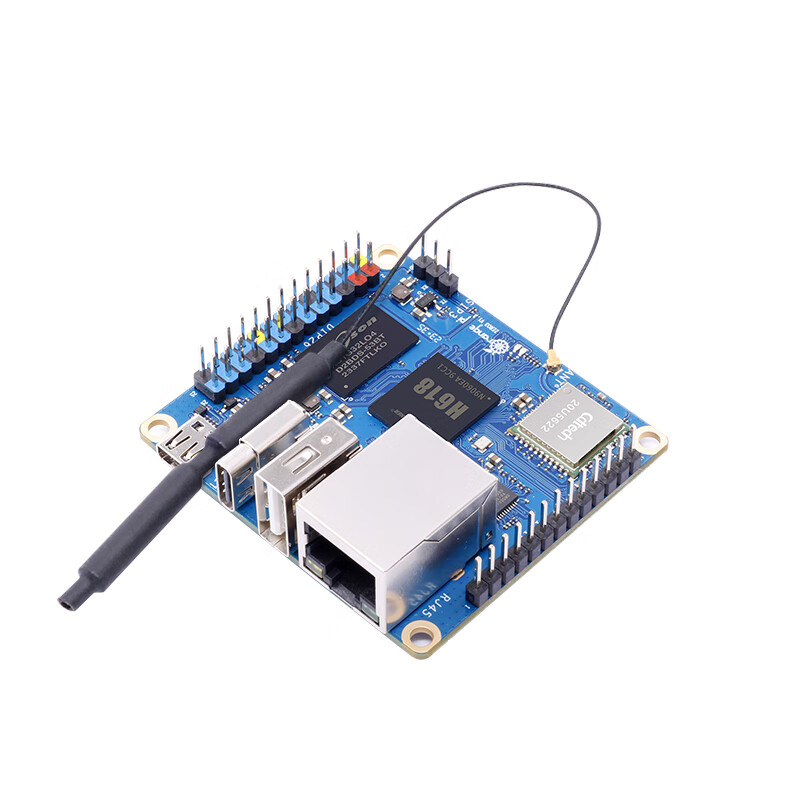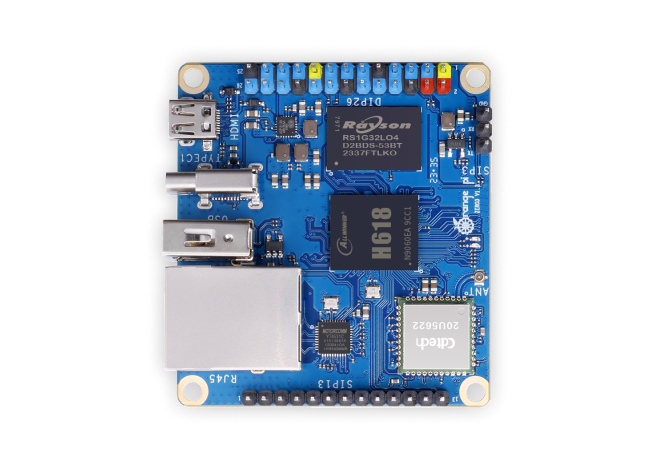
Ground and .sngised lanpower planes are large conductive areas in PCB design with versatile functions. The ground plane provides a common reference point for electrical signals and serves as a return path for current. The power plane distributes voltage to components across the board, ensuring uniform power delivery, minimizing voltage drops, and maintaining stable supply. While power planes offer advantages, they require careful planning of current return paths to prevent signal degradation, especially in mixed-signal designs.
Importance of Power and Ground Planes
Ground planes reduce noise and electromagnetic interference (EMI) by offering low-impedance return paths, enhancing signal integrity. Combined with power planes, they improve power delivery and mitigate voltage dips during transient load spikes. The added conductive material also aids heat dissipation, improving thermal management without cost escalation. For designers, these planes simplify routing and enable higher-density layouts by eliminating manual traces.
However, adjacent layers in PCBs inherently form parasitic capacitance due to proximity and dielectric materials, which may cause issues if unaddressed.
Multilayer PCB Return Current Paths
In high-speed digital designs (with nanosecond-scale rise times), return currents closely follow signal traces, forming a narrow Gaussian distribution on the nearest ground plane. Analog return currents, however, spread across wider areas beneath traces, with lower-frequency signals exhibiting broader dispersion.
When traces overlay solid reference planes, return currents take direct low-impedance paths. Otherwise, they traverse the stack-up until reaching a suitable plane, potentially causing crosstalk and attenuation in mixed-signal designs if unoptimized.
Mitigation Strategies
- Component Placement: Position return-current-generating components near the ground plane.
- Decoupling Capacitors: Add capacitors between power and ground planes to provide low-impedance return paths, reducing EMI.
- Layer Stack Optimization: In 4-layer designs, allocate top/bottom layers for signals and inner layers as reference planes. High-complexity designs may require additional layers to ensure traces always overlay reference planes.
Mixed-Signal Ground Plane Design
The goal is to isolate analog/digital sections to prevent interference. Modern designs avoid splitting ground planes physically unless mandated by safety regulations (e.g., isolated power converters). Instead, single-point grounding or safety capacitors are preferred.
Via Stitching Considerations
Via stitching connects copper planes across layers, ensuring low-impedance loops and EMI reduction in RF designs. However, vias may introduce impedance discontinuities and reflections at high frequencies, necessitating careful placement.
Key Takeaways
- Power/ground planes enhance signal integrity but require meticulous return-path planning.
- Layer optimization and decoupling capacitors are effective solutions.
- Split ground planes are reserved for regulatory/safety needs.






